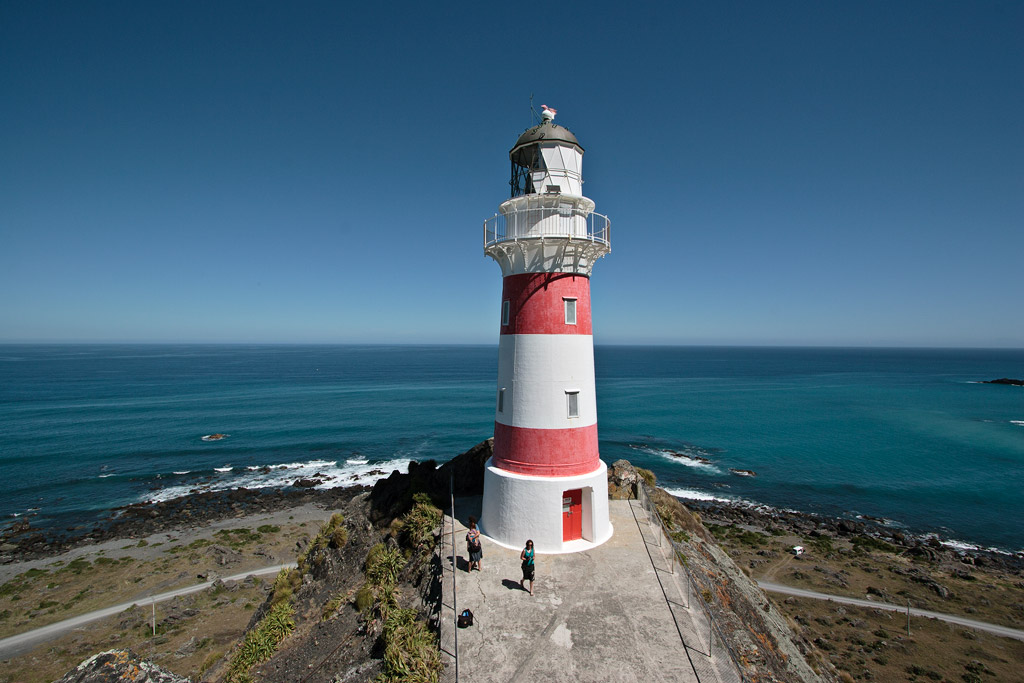It might not look like much — sere, sparsely vegetated and riddled with rabbits and weeds — but for many visitors the seemingly desolate landscape of the Mackenzie Basin has a particular kind of beauty. Moreover, as ecologist Susan Walker points out, "The Mackenzie Basin supports the highest-density area of naturally rare ecosystems of any region in New Zealand of similar size." Remove the grazing pressure and the native vegetation returns; it might take a decade or two but this long period before the recovery begins seems to be characteristic of this kind of ecosystem.
But a small group of businessmen/farmers wants to change the Mackenzie Basin. They propose extensive irrigation over thousands of hectares to provide feed for intensively housed dairy cattle, with the resulting effluent used as fertiliser. The proposal threatens not just this landscape (appreciated by the huge number of tourists who pass through on their way to Aoraki/Mt Cook and further south) but also New Zealand’s image as a place where contented cows graze freely in the fresh, clean air; it threatens the rivers and lakes, partly through the water take and partly through nutrient runoff (each day, the amount of waste produced would be the equivalent of a city of about a quarter of a million people); and it threatens a richly diverse ecosystem. The benefits, despite the assurances of the proponents that the environment will be better off, will accrue largely to that handful of farmers and businessmen (some of whom have already been prosecuted successfully for illegally discharging dairy effluent from farms in other areas).
The good news is that the proposal faces huge opposition from diverse sectors, and an independent Board of Inquiry will assess the proposal. Unfortunately, issues relating to the intensive housing of cattle (cruelty, health, etc.) won’t be considered, but at least there’s still hope for a wonderful part of Aotearoa.
All content © 2010 Pete McGregor






























